
Alliance/iStock/Getty Images
Since its introduction in the mid-1800s, people have used Vaseline -- or petroleum jelly -- for everything from shining shoes to unsticking gum from desks. As a lotion, this versatile goop forms a barrier on the skin, helping it retain moisture and ward off bacteria. For a heavy-duty, DIY moisturizer, pair Vaseline with beeswax, which also creates a barrier effect. Unlike other moisturizers, beeswax and petroleum jelly don't contain fragrances, so they're less likely to irritate sensitive skin.
Heat a double boiler and combine equal parts Vaseline or generic petroleum jelly and beeswax. While petroleum jelly firms the skin, beeswax serves as a thickening agent, encourages skin cell turnover, and has antibacterial and humectant properties.
Stir the beeswax and Vaseline gently with a metal spoon as they slowly melt together. Add glycerin, for consistency, as well as almond oil and honey in equal parts to the jelly and beeswax. Almond oil softens the skin and offers skin-bolstering protein, while honey moisturizes.
Continue stirring and add a bit of pollen and liquid lecithin to the mix; use about 1 spoonful of pollen and 2 spoons of lecithin per 1/4 cup of the other ingredients. Lecithin emulsifies and moisturizes, while pollen nourishes the skin with protein, minerals and vitamin C. Stir, in total, for about 4 or 5 minutes until the mixture is smooth, then allow it to cool and store it in a sealed container. For fragrance, simply mix in a few drops of the essential oil of your choice.
Related Articles
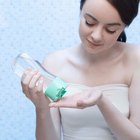
How to Make Gel Moisturizer

Benefits of Shea Butter and Coconut Oil ...
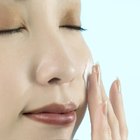
What Are the Ingredients in Elizabeth ...

Ingredients in Curel Lotion
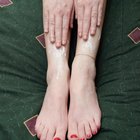
How to Make Glycerin Lotion

What Is Glycerine Used For?
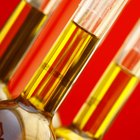
Jojoba Oil Benefits
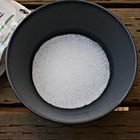
How to Make Xylitol Toothpaste

Nivea Q10 Moisturizer Vs. Aveeno ...
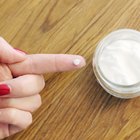
How to Make Natural Face Moisturizer

Banana Boat Lotion Ingredients
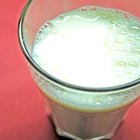
How to Make a Cinnamon Milk Face Mask
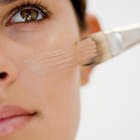
Ingredients in Maybelline Foundation

What Are the Ingredients in Proactiv?
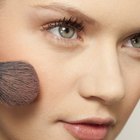
Merle Norman Ingredients
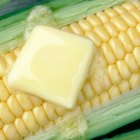
Common Food Emulsifiers
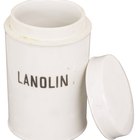
Lanolin Uses

How to Make a Lip Mask for Extremely ...

Avocado Masks for All Skin Types
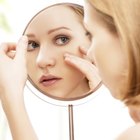
Skin Care Products That Contain ...
References
- The Telegraph: A Cure for All Your Ills?
- U.S. Department of Energy Office of Science: Newton Ask a Scientist! Bee's Wax Uses
- Annmarie Giannni Skin Care: Ingredient Showcase -- Beeswax, the Natural Protectant That Soothes Itching
- Burt's Bees: Ingredient -- Almond
- National Honey Board: Nature's Skin Care
- Harvard Medical School: Harvard Health Publications -- Nine Ways to Banish Dry Skin
- Simple: Lecithin
- University of Colorado Denver: Bee Pollen
Writer Bio
With a diverse professional background and a decade of experience as a freelance writer, Dan has contributed lifestyle content -- from fashion to travel to fitness and more -- to publishers including Chron, Fortune, Sony, GlobalPost, ModernMom, Moviefone, Salon.com, Techwalla and dozens of others.
Photo Credits
Alliance/iStock/Getty Images